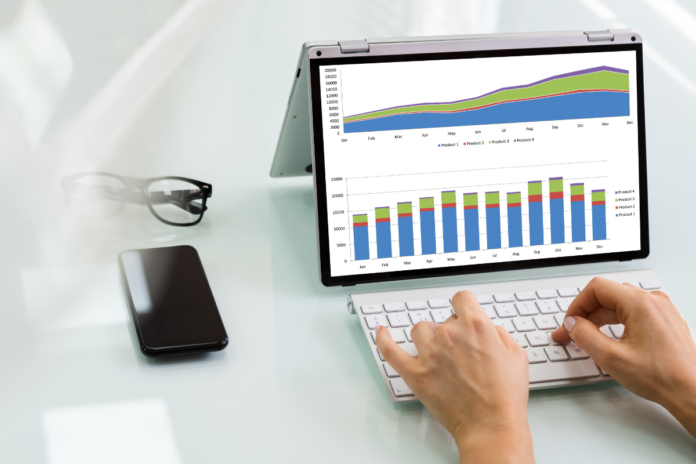Manufacturing units follow many production techniques, and forecasting demands is one of the most followed techniques. Under this technique, figuring out the demand is the most important aspect for a manufacturing company or any other company.
Determining the demand for a product or a service helps set exceptions and forecast revenue, but it also helps scale up the production or scale it down.
So, this is why demand forecasting tools are necessary for companies. These tools take advantage of historical data to provide a forecast for the future instead of relying on qualitative forecasts that can often be biased.
It can ease the process of forecasting by identifying future and current trends that impact your sales.
Many businesses still rely on old-school methods and excel sheets to track relevant KPIs and forecast demand. But, these tools have become obsolete since the advent of machine learning and AI in predictive analysis. Now, you can crunch millions of data points together without any manual intervention, which makes using predictive analysis software quite beneficial.
Here are some benefits of doing demand analysis through predictive analysis software.
1. Customer Satisfaction
As the overall demand for the product is based on the customer’s need, your manufacturing process must suit their needs. Providing your clients with the products they want on time will boost customer satisfaction and improve customer retention in the long run. Demand analysis is useful in this situation since it ensures that you have adequate inventory to satisfy demand fast.
2. Inventory management
A detailed analysis of the demand will provide insight into the products that are flying off the shelf and others that are not selling well. This will assist you in determining which goods require a larger inventory to minimize stock-outs and consumer dissatisfaction. Furthermore, demand forecasting will help you better plan when to purchase raw materials with lengthy or changing lead times, ensuring that you always have enough on hand.
3. Reduction of carrying cost
Demand analysis takes into consideration the historical data from internal and external factors to assess the actual demand for goods and services. It will help you manage your inventory to the best of your ability and aid your efforts in lowering your carrying costs.
This will allow you to lower your carrying costs and better understand if you need to keep more stock or lower the inventory.
4. Improved decision-making on strategies
The demand for products is based on various factors, and price and promotional factors are among them. Predictive analysis will help inventory managers make conscious decisions about whether they should double down on purchases and raw material procurement if they expect a demand surge.
5. Reduce product wastage
Product wastage is a major challenge, especially when dealing with fast-moving consumer goods. Managing their perishable items takes a major toll on companies as most FMCG products have a shorter shelf life. Without adequate demand analysis, you might be setting yourself up for failures and losses in the future. Overestimating the demand for a certain or underestimating it can lead to product wastage. So, using an algorithm and AI-based forecasting platform to sort your inventory and product demand is crucial.
These are some of the reasons why predictive analytics software is necessary for demand forecasting. You can save on costs and manage your inventory well while achieving greater profitability through effective forecasting.










